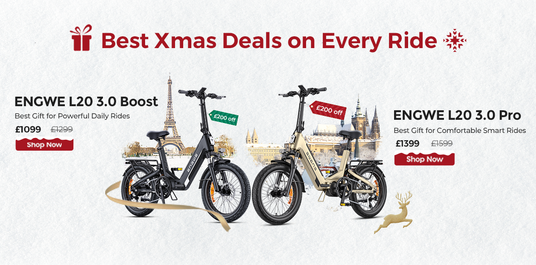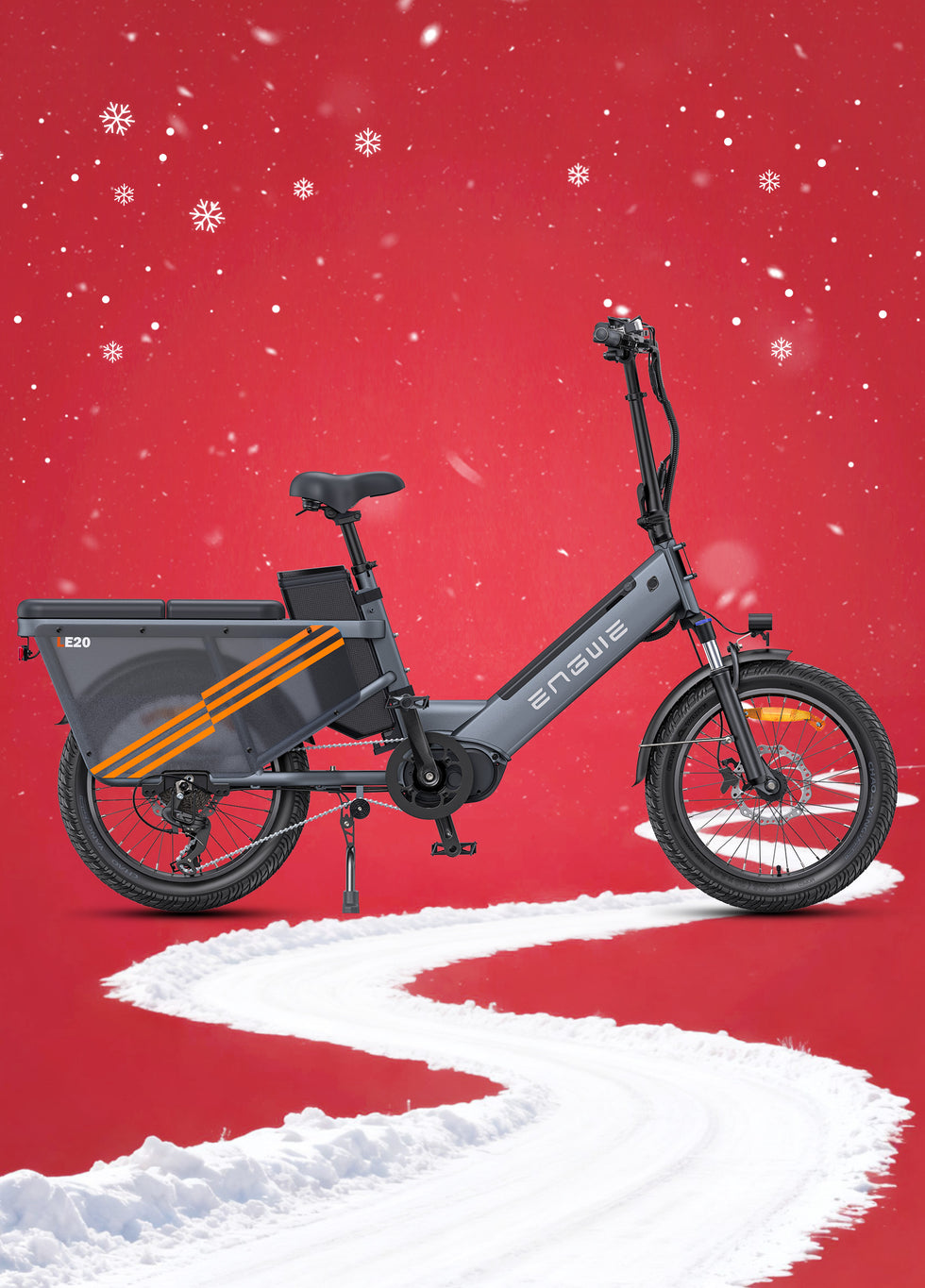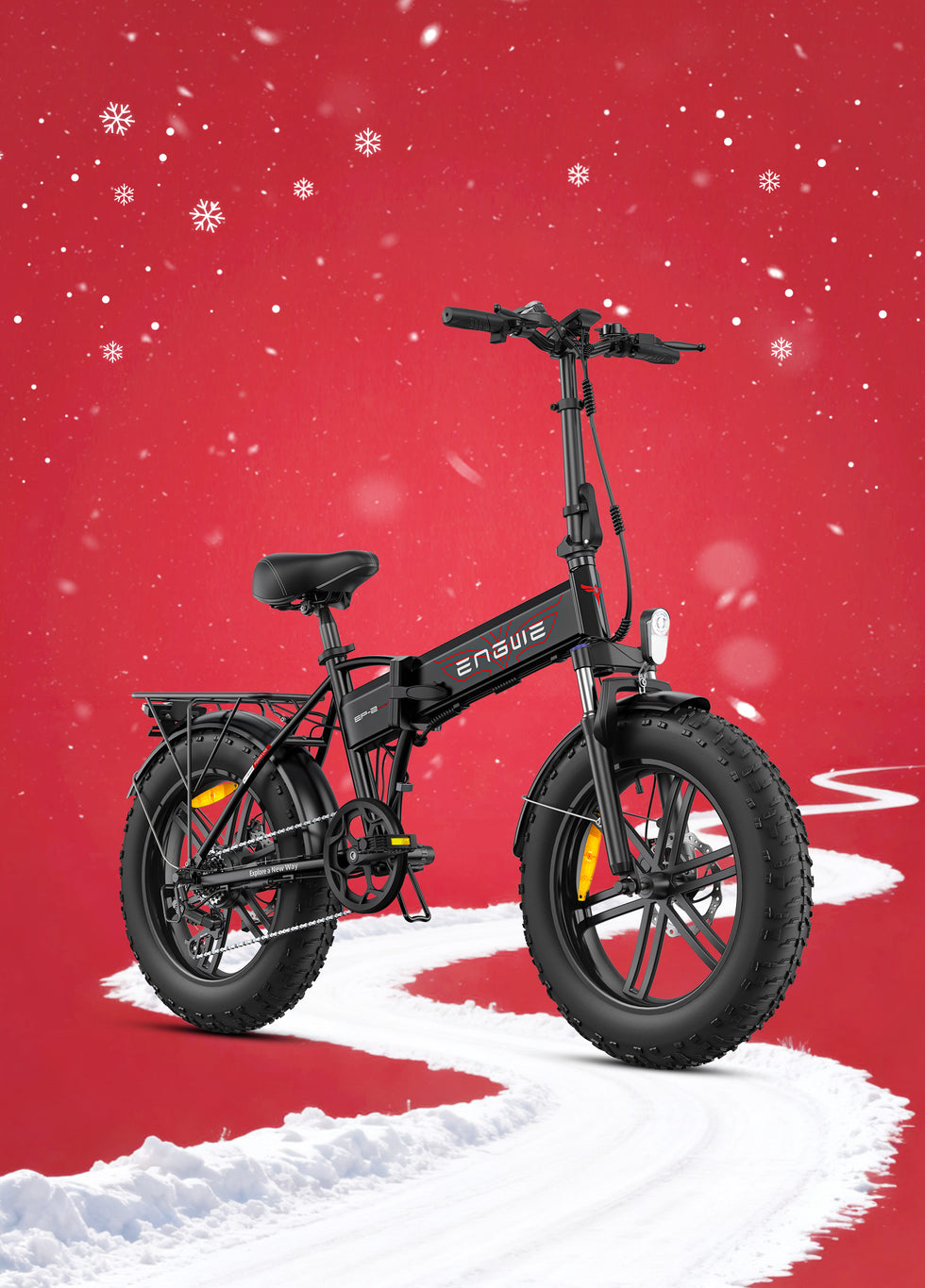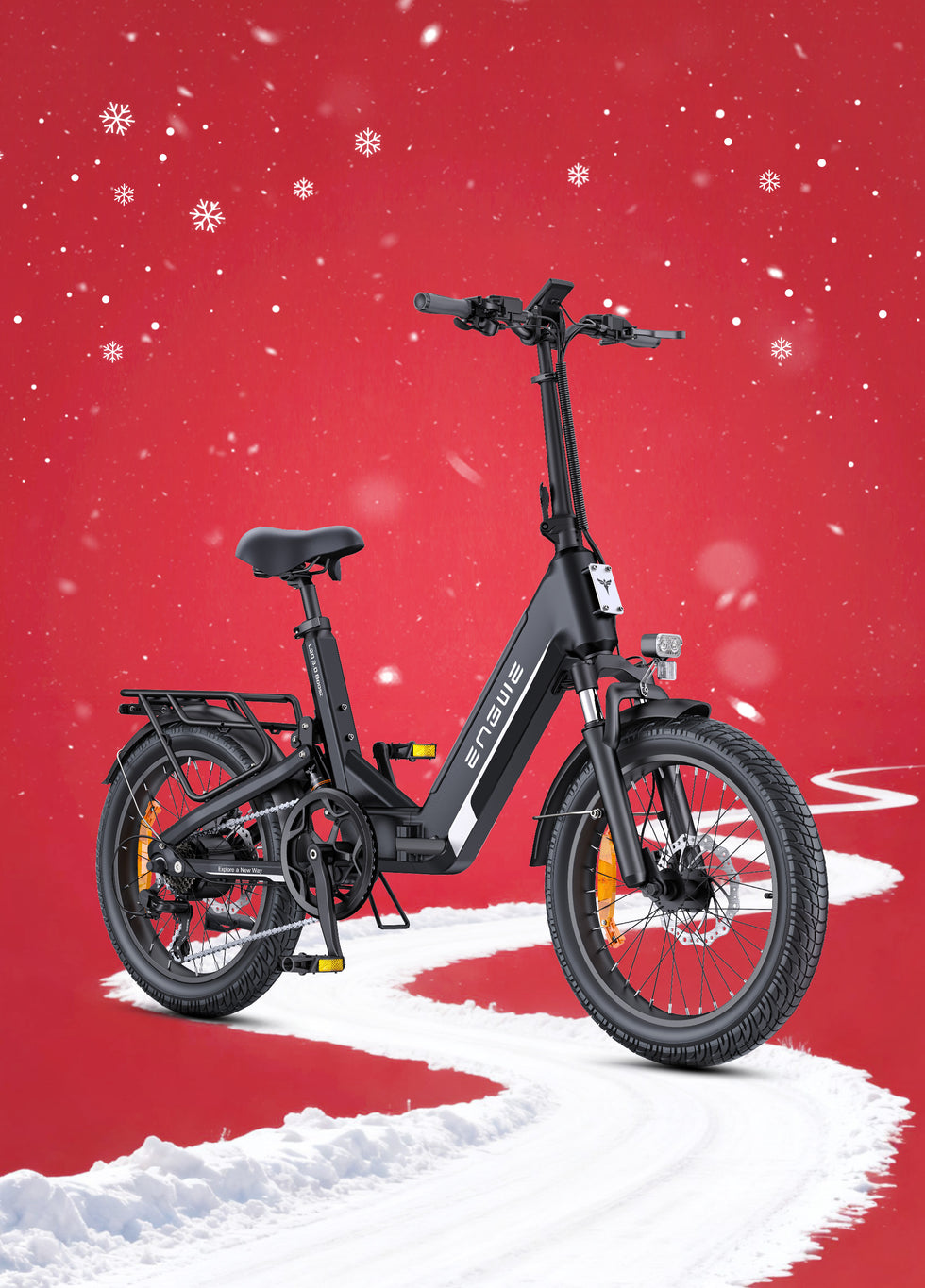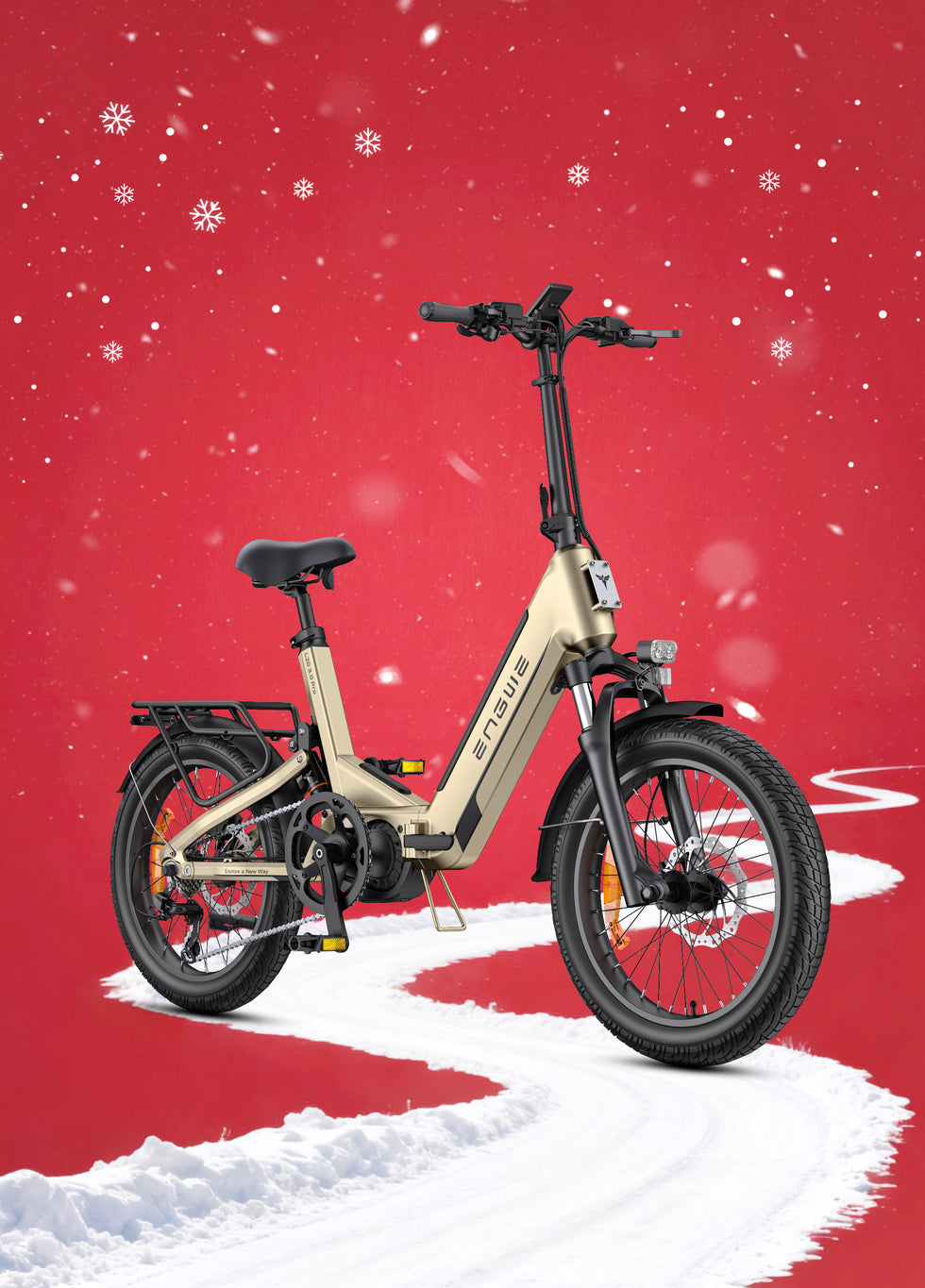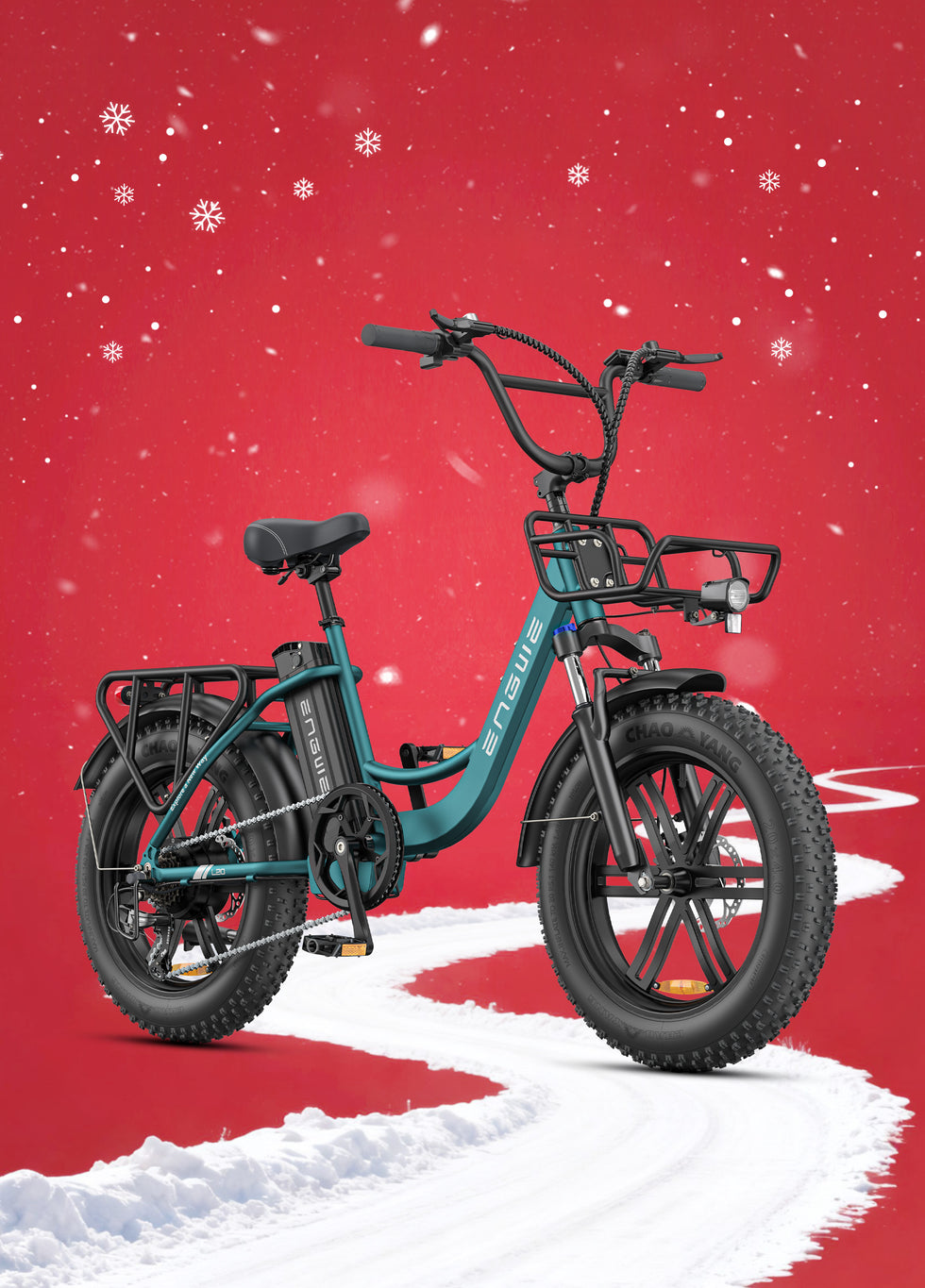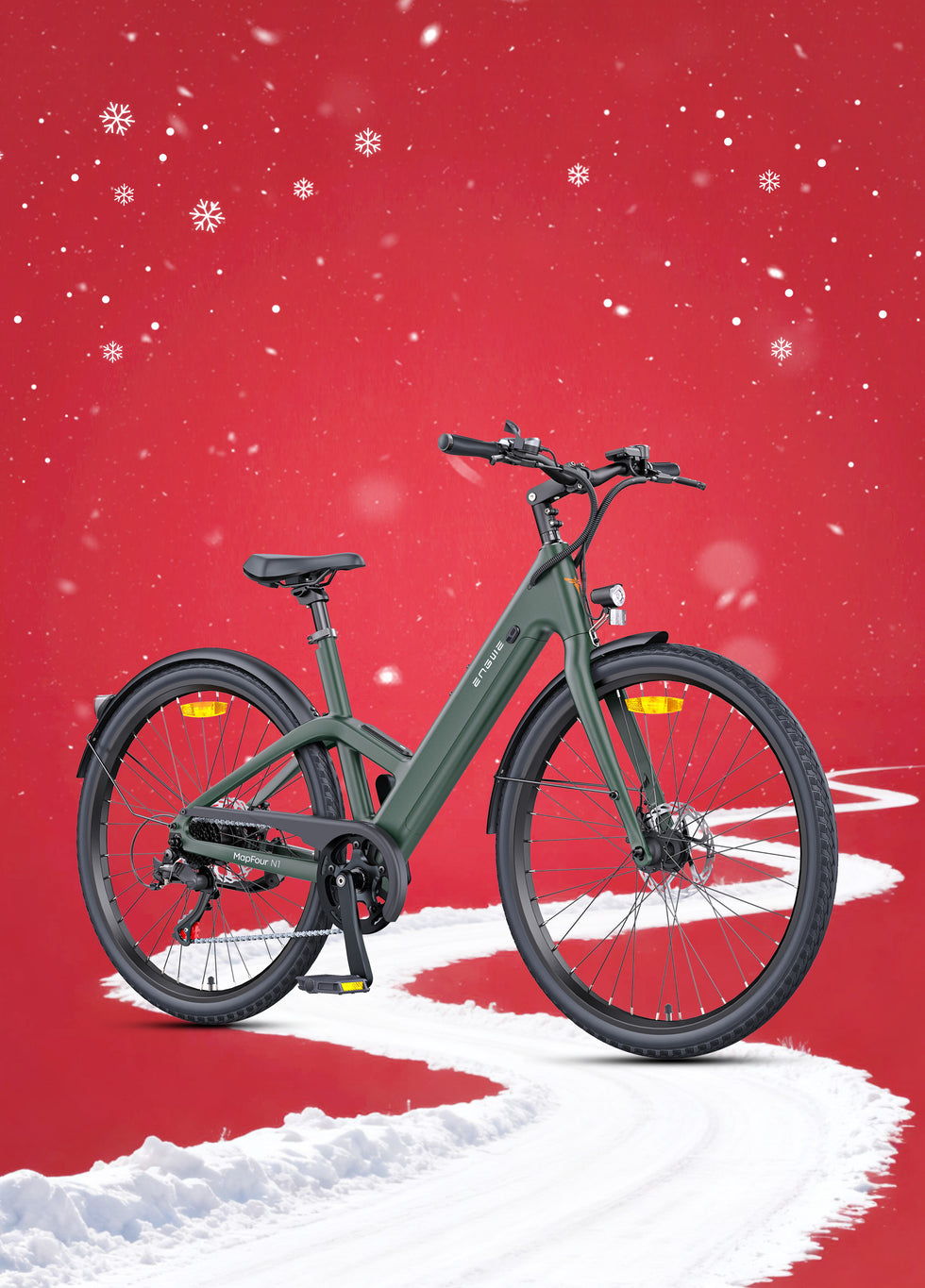The 48V E-bike Bible
The future of personal transport is changing, and the electric bike leads the charge. A quick bike ride is gasoline-free and almost as easy to jump on and go as a scooter, but it provides exercise too. When you are exploring this amazing market, there will be a lot of technical specifications that you will come across, but one of the most important is the voltage for the battery. The 48V standard is a powerful new system used in electric bike (e-bike) drives and a favorite of experienced riders. This guide is here to shed some light on the 48V e-bike, its many benefits, and which model is best for the way you ride to ensure that every mile you pedal will take you farther than ever before.
Electric Bikes with a 48V System
An electric bike has 48V, which actually designates the voltage of the battery system. In order to appreciate why this is important, we need to understand some principles of electricity in an e-bike in language for the common bike rider.
Voltage (V): Voltage is analogous to electrical pressure. It is what drives the current to move through the motor. Higher voltage means more potential force, able to do work faster with less effort in a system.
Amps (A): The measure of the electrical current itself—how electricity moves. Amps from the battery are used to create power in the motor.
Amp-Hours (Ah): This represents the size of the battery. Hence, a 48V 13Ah battery can supply the current of 13 amps for one hour. The higher the Ah, the longer the potential range.
Watts (W): Total power output. Which is just voltage x amps (V × A = W). This is the number we will translate to ‘real-world’ performance.
A 48-volt system runs at a higher electrical pressure than both the 24V systems of old and the more common 36V setup. This higher pressure allows the motor to achieve things like power more efficiently. It draws fewer amps to output the same power as a 36V system. With less current through the system, there is less heat produced by the motor and controller, and therefore, less wear on the components, making everything last longer with minimal losses in efficiency. For the rider, this means a more powerful, faster, and consistent experience—particularly on tough terrain like hills or with heavy loads. This has made the system a favorite for many enthusiasts and serious commuters who ask a lot from their machine.
Core Benefits For A 48V Electric Bike
This isn't just about chasing larger numbers on the battery like a 48V system. It solves actual use problems and makes the job of riding an e-bike better in real, palpable ways.
More Power and Acceleration
The first thing you feel from a 48V electric bike is the acceleration. This increased voltage is what gives the motor more power to get you off to a quick start as soon as you pedal or open the throttle. The net effect is quicker launches from stoplights and a more reassuring kick-in-the-pants feel when you're on the throttle. This means maneuvering through tight urban environments is both safer and more fun.
Better Hill-Climbing Ability
This is where 48V systems truly come into their own. To climb hills takes long-term power, or torque. This means that a 48V system can deliver the necessary current to the motor in a more efficient manner, enabling the motor to put out more torque without overheating. Although a 36V bike might require too much effort from the rider to tackle steep inclines or may slow down altogether, a 48V bike will keep on moving. It can power over hills, and there are no more hard routes, as just about everywhere is accessible.
Greater Efficiency and Improved Range
A 48V system runs at lower amperage to produce the same amount of power, so it encounters reduced electrical resistance and subsequently produces less waste heat. This greater efficiency enables a higher amount of the battery's energy to be turned into propulsion. In fact, for a given battery capacity (in Amp-hours), less energy is lost to heat in a 48V system compared to a 36V system, and that often translates into longer ranges in the real world under identical conditions.
Ability To Handle More Weight
The powerful output of a 48V system allows it to handle more weight. If you will be using your bike for loads of shopping, hauling equipment, or putting a child seat on the back, then the 48V system gives enough power and torque to deal with any additional weight. This feature makes an e-bike more than just a runabout vehicle, and it can replace a car for many small errands.

Spotlight on Top 48V Brand: Engwe
At a time where the 48V electric bike market remains very fragmented, Engwe has been focused on providing powerful e-bike models that support full features for the riders. The 48V lineup is formulated to offer the optimal enhanced performance experience for nearly every type of rider. Engwe sells three unique 48V models, and each of them is best suited to different needs.
Best All-Terrain Foldable Adventurer: Engwe EP-2 Boost
Positioned as the ultimate all-terrain folding e-bike, the EP-2 is a great choice for riders who are after versatility. It's a ground vehicle that can be folded up again. Where the EP-2 Boost really shines is in-between—that sweet spot of rugged capability and urban practicality. The 20x4.0-inch fat-tyres and rugged one-piece wheels ensure your bike is stable, with grip, across everything from city asphalt to gravel paths and sand trails. The other big thing is the high-end torque sensor that further enhances your onboard electronics—because it only works through your own pedaling effort, delivering an incredibly smooth ride. When you're done exploring, it neatly folds to fit in a car boot, apartment, or public transport. Finally, the EP-2 Boost is a perfect companion for the commuter with a bit of an edge.

Best for Cargo: ENGWE LE20
The LE20 is designed with more than just commuting in mind. The bike has one key advantage, which is a 200 kg payload capacity and an extensive rear rack system, so it can carry anything from small goods to weekly groceries or maybe even kids. Hopping on and off is easy with the approachable step-thru frame, no matter your outfit or what you are carrying. Its biggest attraction is the availability of dual 48V 19.2Ah batteries for a total maximum range of up to 350km with pedal-assist. This eliminates range anxiety entirely. The 250W mid-drive motor provides class-leading torque for hills and can confidently carry large loads up steep grades with the help of the powerful hydraulic disc brakes, making the LE20 perfect for households and small businesses looking to replace a car without compromise.
For the Upgraded Urban-Terrain Hybrid: The Engine EP-2 3.0 Boost
Built on a trusted classic, the Engine EP-2 3.0 Boost brings more to tech enthusiasts who enjoy having all of the latest upgrades and features required for a seamless riding experience. It offers an exciting ride, and a motor that punches out an impressive 75Nm of torque helps it get off the line crisply, even on climbs. For one, the 4A fast charger included offers a full charge in only 3.5h (another point goes to convenience). It also comes with modern technology, like a smartphone app that integrates with the bike. You can connect your bike via Bluetooth to see ride data, monitor the status of the bike, and set up security settings in the mobile phone. From the hydraulic brakes to the responsive torque sensor, this e-bike is quite literally built for any commuter who wants a hybrid designed just as much for city streets as light off-road paths—the Engine EP-2 3.0 Boost is a no-brainer in the era of electric cycling.
How to pick a 48V electric bicycle for yourself
Understand the benefits, and then match them to your lifestyle. You must keep these factors in mind before making a decision.
What is your main reason: Commuting daily? A weekend trail explorer? A parent running errands?
Commuting: You want mudguards, integrated lights, and a rear rack for storage. A foldable design can be a massive bonus.
Trail Riding: Focus on high-quality front suspension for absorbing hits, and strong, wide (fat) tyres to ensure grip over diverse surfaces.
Cargo Hauling: A step-thru frame for an easy on/off, a high payload capacity, and hydraulic brakes for more power and confidence-inspiring braking when hauling heavier goods.
Type of Motor
Most 48V e-bikes use one of two different types of motor.
Hub motor: found in the center of the front wheel or rear wheel (more common in rear). They are pretty reliable, low maintenance, and offer a "pushing" feeling. They are great for regular commuting and general use.
Mid-Drive Motor: Found in the middle of the frame where the pedals are. Because they directly power the drivetrain, these feel more natural and can offer exceptional performance for very steep hills.
Check Battery Capacity & Range
The capacity of a battery is rated in Amp-hours (Ah). A battery with a greater Ah will give you more range at the same 48V. Be honest with yourself about what your longest normal ride is, and pick something that gives you a bit of wiggle room. Also, real-world range will be reduced by rider weight, terrain, wind, and the amount of pedal assist used.
Check for Essential Features
Hydraulic disc brakes offer better stopping power and control than a mechanical disc brake, which is important when you have a heavier bike or load.
Torque Sensor: For a more natural feel, torque sensors give smoother but immediate power output. A cadence sensor, on the other hand, is far more simple and outputs a fixed amount of power after you start pedalling. A torque sensor is an expensive addition that improves ride performance significantly.
Frame and Comfort: Make certain the bike fits your height. Opt for an adjustable bar and an easy-to-use saddle. With a step-thru frame, it is easier to get on and off your bike—especially for people with reduced leg range of motion.
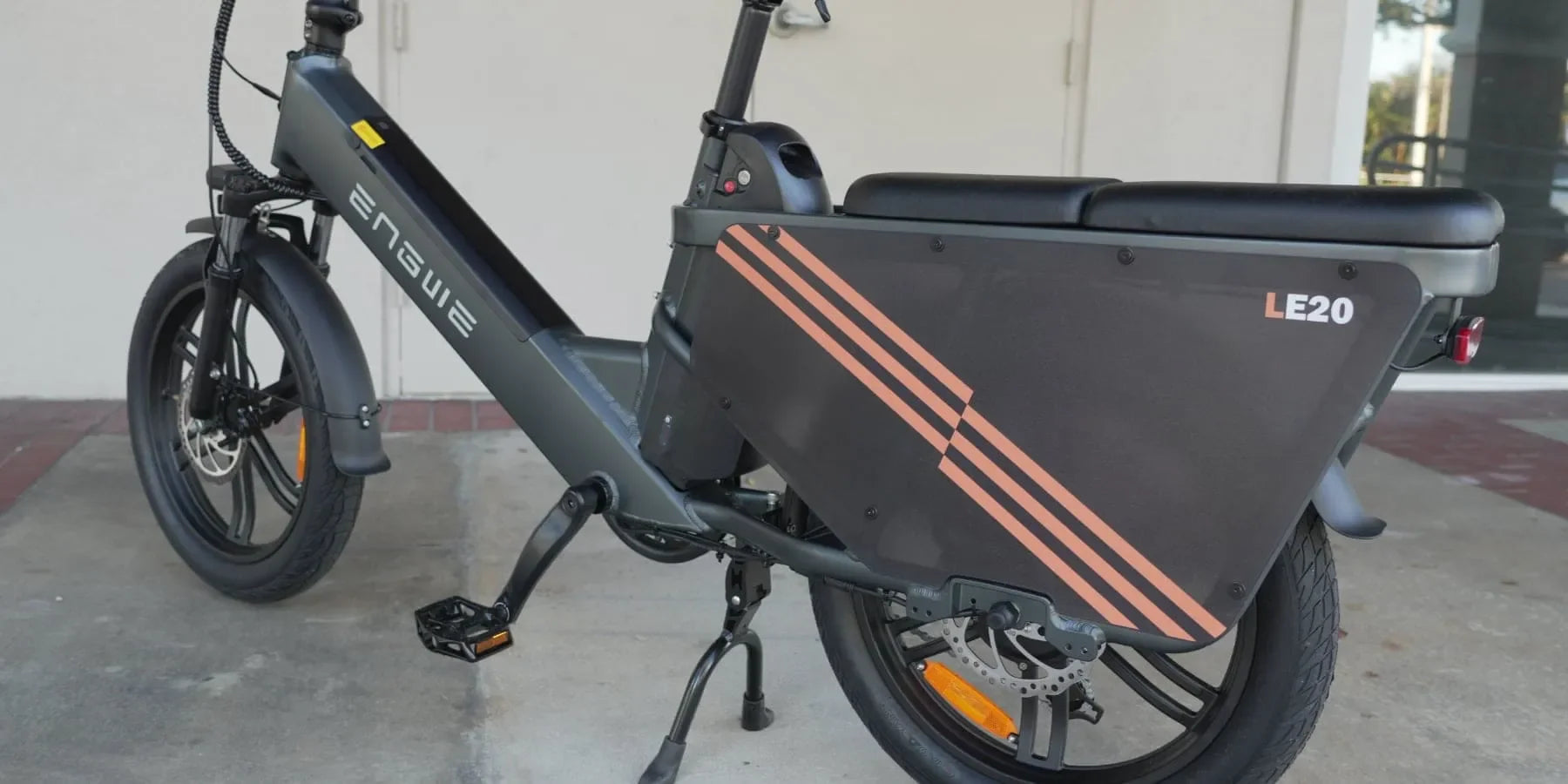
5 Commonly Asked Questions About 48V eBikes
Are 48V eBikes Faster Than 36V?
Not necessarily in terms of absolute top speed. Electric bikes are legally limited to an assisted speed of 25 km/h (15.5 mph) in many regions, including the EU and UK. A 48V bike will not break this legal limit, but it allows you to reach that speed a lot faster. The real difference is in the acceleration and torque. It will feel far more potent and be significantly better at maintaining speed on uphill sections.
Electric E-bike 48V Battery Maintenance Guide
To maximize your battery's life, avoid storing it in extremely hot or cold temperatures. It is best to avoid fully depleting the battery frequently. For long-term storage, such as over the winter, maintain the battery at a 40-60% charge level. Always use the original charger that came with your bike to ensure the correct voltage and current are supplied.
Is it legal to ride 48V power bikes?
Yes. The voltage of the system does not determine its legality. Laws are typically based on motor power output (e.g., 750W in the USA) and the maximum assisted speed. A 48V e-bike is totally legal to ride anywhere a standard electric bike is allowed, as long as it complies with local regulations for power and speed. Always check your local laws.
Is a 48V e-bike okay in the rain?
Most 48V e-bikes are water-resistant, but not waterproof, making them fine to ride in light to moderate rain. Their components are housed in sealed enclosures to protect against splashes. However, you should never use a high-pressure jet wash on your bike or submerge it in water. After a ride in the rain, it's good practice to wipe the bike down with a dry cloth.
Torque Sensor - What Is It And Why It Matters?
A torque sensor is a sophisticated technology that measures how hard you are pushing on the pedals. It then tells the motor how much assistance to provide in real-time. If you pedal gently, you get a gentle boost. If you press hard to climb a hill, you receive a lot more power. This results in a very intuitive and smooth riding experience that feels like a natural extension of your own power. It is also more efficient, saving battery life by only providing power when it's needed.
The Right Power for your Journey
Opting for an electric bike with 48V puts you on a path of investment towards a faster, more efficient, and fun ride. The extra punch on hills, the nippy acceleration, and the ability to both carry more load and go further all help turn the e-bike from a gimmick into a serious commuting machine. Armed with that information about the 48V system, and armed also with a clear image of what you most require in a bike—be it convenient folding capability, an ability to haul mountains of cargo, or some intelligent contemporary features—you can not only rest assured you're taking home the rig you've been dreaming of, but feel comfortable that it's going to enable something new within yourself. They'll be machines not just for meeting your prior limitations but rising above them to encourage us all to pedal more frequently and journey farther than ever before!
